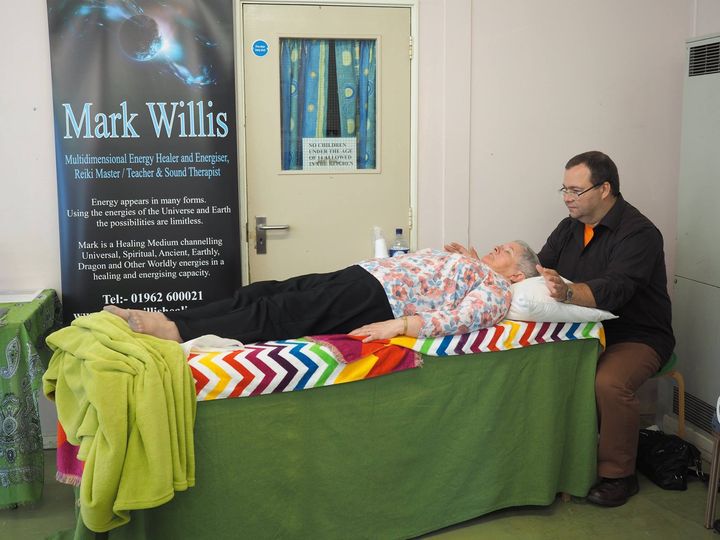Reiki Healing
Reiki (pronounced Ray - Key) literally means “Universal Life Energy” and as defined by the Oxford English dictionary is:
“A healing technique based on the principle that the therapist can channel energy into the patient by means of touch,
to activate the natural healing processes of the patient’s body and restore physical and emotional well-being”.
It is, however, also widely accepted that Reiki healing can be given and received equally effectively hands-off
or via distant healing. The Japanese word ‘Reiki’ literally translates as universal life force energy.
This system of healing was developed by Mikao Usui in the early 20th century.
It is a non-invasive complementary therapy that has been taught and used in the UK since the late 1900s,
but Eastern medicine has for thousands of years worked with this energy, recognising its flow through all living things. Reiki supports orthodox modern medicine or can be used alone but is not a replacement for traditional medication or treatments.
It is not based on any belief, faith or suggestion, yet, scientific research using quantum physics is starting to help us to understand how Reiki healing may work to benefit the individual.
It has been suggested that in years to come it may be known as energy medicine based on
scientifically measurable energy emitted from the practitioner’s hands.
Reiki often involves the practitioner using a sequence of hand positions to channel energy into specific areas of the body.
Reiki is given fully clothed in a quiet environment and is safe for adults, children, mothers–to–be, babies and animals.
